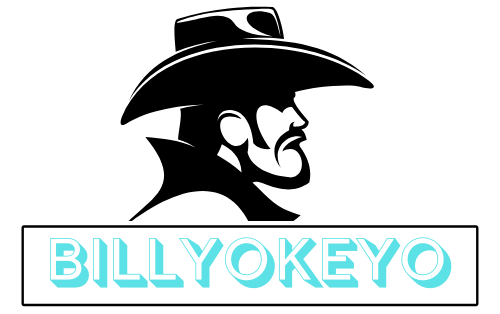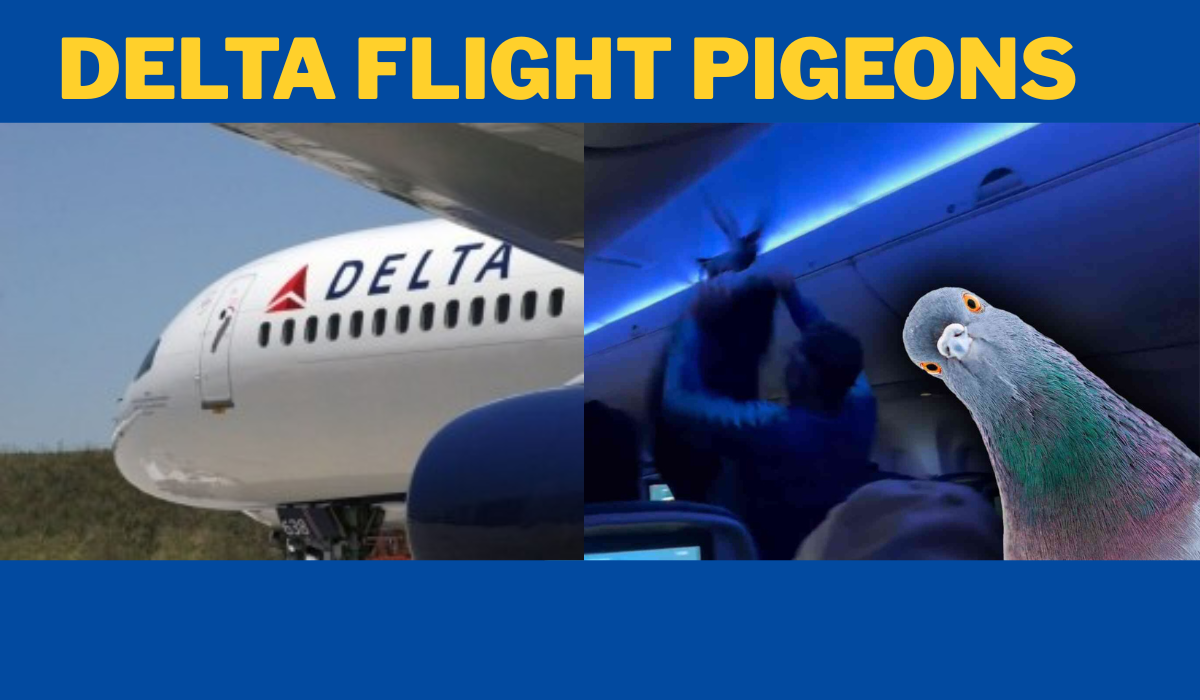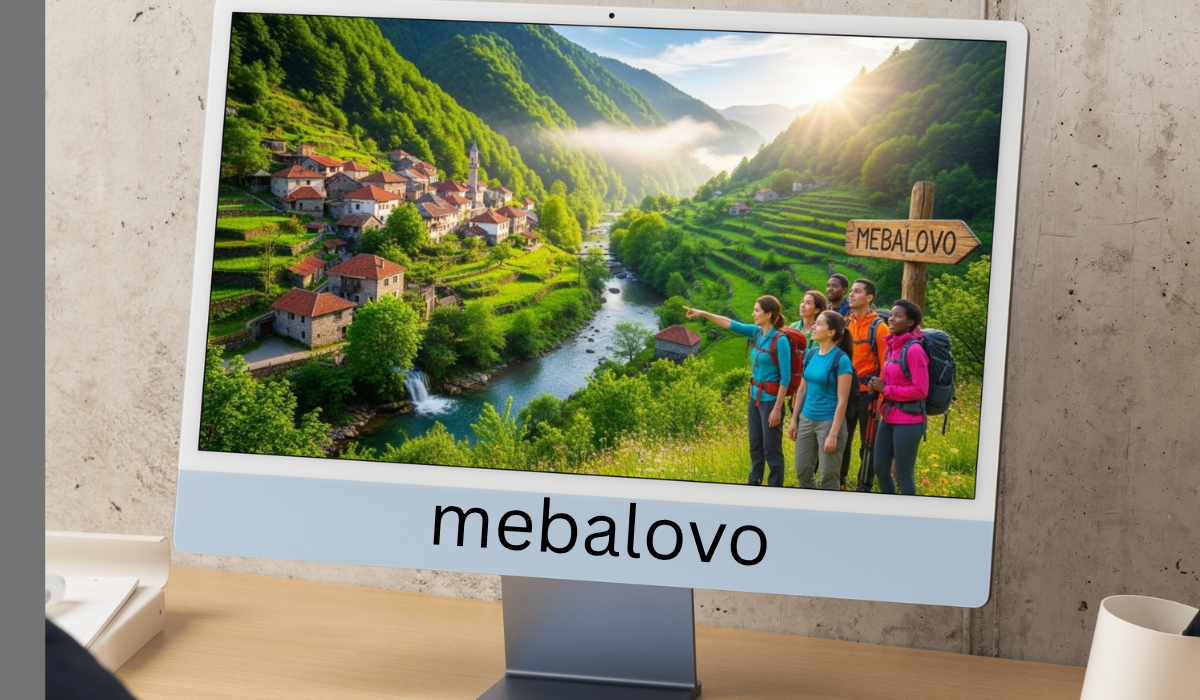Air travel often comes with its share of strange stories, from unruly passengers to unexpected delays. But every so often, a story emerges that is so unusual it captures the internet’s collective imagination. Such was the case with the now-famous Delta flight where two pigeons managed to board a plane, creating a memorable and widely shared moment of chaos and humor.
This incident, which quickly became a viral sensation, highlights a peculiar intersection of modern travel, wildlife, and the power of social media. While it provided a good laugh for millions, it also touched upon more serious topics like aviation safety and airline response protocols. This post will explore the full story of the Delta flight pigeons, from the moment they stepped aboard to their flight to internet fame. We’ll look at passenger reactions, the airline’s response, and what experts have to say about preventing such feathered friends from becoming frequent flyers.
Who is Delta Air Lines?
Before diving into the incident itself, it’s helpful to understand the airline involved. Delta Air Lines is one of the oldest and largest airlines in the world. Founded in 1925, it has built a reputation for operational reliability, extensive global reach, and a strong focus on customer service. Consistently ranked among the top airlines for on-time performance and passenger satisfaction, Delta is a major player in the aviation industry, carrying millions of passengers each year.
Given its long-standing reputation, an incident involving birds inside a cabin is particularly unusual and noteworthy. It stands in stark contrast to the highly controlled and regulated environment that defines modern air travel, making the story even more compelling.
The Uninvited Passengers: What Happened?
The incident occurred on January 16, 2020, at Detroit Metropolitan Airport (DTW). Passengers were boarding Delta Flight 1943, bound for Atlanta’s Hartsfield-Jackson International Airport (ATL), when they noticed some unexpected fellow travelers. Two pigeons had somehow made their way onto the aircraft and were casually strolling down the aisle.
The initial discovery was met with a mix of amusement, disbelief, and concern. Passengers quickly began recording the scene on their phones as the birds explored the cabin. The flight, which was already delayed for other reasons, was further held up as the crew and ground staff attempted to deal with the avian intruders.
Passenger accounts from the time describe a scene of gentle chaos. One passenger, Andrea L., told local news affiliate WDIV-TV that she initially thought someone had brought the birds on as pets. “I was like, ‘Ain’t no way,'” she said. “They’re just walking around like they’re enjoying themselves.”
The flight crew made several attempts to coax the birds off the plane. At one point, they reportedly tried to shoo them out, but the pigeons seemed content to stay. The situation led to a further delay of over an hour as the staff worked to resolve the issue. In the end, one pigeon was successfully removed, but the other proved more elusive. According to reports, the crew decided to turn off the cabin lights in an attempt to calm the remaining bird and capture it.
Delta eventually made the decision to deplane all passengers and switch them to a different aircraft to ensure the flight could depart without any feathered stowaways. In a statement, Delta apologized for the inconvenience, confirming that “passengers were provided with a new aircraft to continue their travel to Atlanta.”
Taking Flight on Social Media
While the pigeons’ actual flight was grounded, their journey to internet stardom was just beginning. Videos and photos from passengers on board Flight 1943 quickly spread across social media platforms like Twitter, Instagram, and Facebook. The absurdity of the situation—pigeons calmly walking down the aisle of a major commercial airliner—was perfect fodder for viral content.
The hashtag #DeltaPigeons began to trend as people shared the story with their own humorous captions and commentary. The incident was quickly turned into a series of memes and jokes. Some users quipped that the pigeons were trying to take advantage of Delta’s loyalty program, while others created fake boarding passes for the birds.
Here are a few examples of the social media reactions:
- “They just wanted to fly south for the winter like everyone else.”
- “Did they pay for extra legroom? Looks like they’re in Comfort+.”
- “Probably trying to use their SkyMiles before they expire.”
The story was picked up by major news outlets around the world, including CNN, BBC, and The Guardian, further amplifying its reach. The lighthearted nature of the incident provided a welcome distraction from the often-stressful news cycle, contributing to its widespread appeal.
Delta’s social media team, known for being responsive and engaging, also chimed in. While maintaining a professional tone, they acknowledged the humor of the situation in their replies to customers, often thanking them for their patience and reassuring them that bird removal is not part of their standard boarding procedure.
Expert Take: Birds and Aviation Safety
While the Delta pigeon incident ended without harm, the presence of birds in and around airports is a serious issue for the aviation industry. Bird strikes—collisions between birds and aircraft—can cause significant damage and pose a serious threat to flight safety.
According to the Federal Aviation Administration (FAA), there were over 17,000 wildlife strikes reported in the United States in 2019 alone. While most of these incidents involve smaller birds and cause minimal damage, strikes with larger birds or flocks can have catastrophic consequences, such as engine failure. The famous “Miracle on the Hudson” in 2009, where Captain Chesley “Sully” Sullenberger safely landed US Airways Flight 1549 on the Hudson River, was the result of a double bird strike that disabled both engines.
To mitigate these risks, airports employ a variety of wildlife management strategies. These can include:
- Habitat Modification: Making the airport environment less attractive to birds by removing food sources, water, and nesting sites.
- Harassment Techniques: Using loud noises (like propane cannons or pyrotechnics), lasers, trained falcons, or dogs to scare birds away from runways and flight paths.
- Physical Barriers: Installing nets or wires to prevent birds from roosting in hangars and other airport structures.
Dr. Richard Dolbeer, a renowned wildlife biologist and former chairman of Bird Strike Committee USA, emphasizes the importance of a proactive approach. “The key is to have an integrated program that uses multiple tools,” he explains. “No single technique is 100% effective, so airports need a comprehensive plan to manage wildlife populations and reduce the risk of strikes.”
The case of the Delta pigeons is unusual because it involved birds inside the aircraft rather than outside. This type of incident is rare and typically happens when hangar doors are left open or when birds find their way into terminal buildings and then onto a plane through an open cabin door during boarding. It serves as a reminder that wildlife management needs to extend beyond the runways to all areas of airport operations.
The Bigger Picture: Passenger Comfort and Brand Image
For Delta, the pigeon incident was more of a public relations challenge than a safety crisis. However, it does raise questions about operational procedures and passenger experience. Unexpected events, even humorous ones, can cause anxiety and frustration for travelers. The lengthy delay and the need to switch aircraft were significant inconveniences for those on Flight 1943.
How an airline handles such disruptions is crucial for maintaining customer trust and loyalty. In this case, Delta’s response was generally seen as appropriate. They prioritized safety by ensuring the birds were removed and provided a new aircraft for the passengers. Their communication, both at the gate and on social media, was apologetic and transparent.
Incidents like this can have a lasting impact on a brand’s image. While the viral nature of the story brought a lot of attention to Delta, much of it was lighthearted. By handling the situation with professionalism and a touch of good humor, the airline was able to navigate the event without significant damage to its reputation. In a way, the story became a memorable, albeit bizarre, chapter in the airline’s history.
What to Do in Unexpected In-Flight Situations
As a traveler, you’re unlikely to encounter pigeons on your next flight. However, unexpected situations can and do happen. Here are a few tips on how to handle them:
- Stay Calm: Panic rarely helps. Follow the instructions of the flight crew, who are trained to handle a wide range of emergencies and unusual events.
- Listen to Announcements: Pay close attention to any information provided by the captain or crew. They will give you the most accurate and up-to-date details about the situation.
- Be Patient: Delays and disruptions are frustrating, but getting angry with the crew won’t resolve the issue any faster. A little patience and understanding can go a long way.
- Know Your Rights: In the event of a significant delay or cancellation, familiarize yourself with the airline’s policies and your rights as a passenger. You may be entitled to compensation, meals, or accommodation.
Airlines can also learn from these events. Clear and consistent communication is key. Keeping passengers informed, even when there isn’t much new information to share, can help manage expectations and reduce frustration.
A Story to Remember
The tale of the Delta flight pigeons is a perfect example of how the mundane reality of air travel can sometimes take a turn for the surreal. It was a story that combined the elements of surprise, humor, and the shared experience of travel, making it a natural fit for the social media age.
While it provided a moment of levity for people around the world, it also served as a subtle reminder of the constant and complex efforts required to ensure aviation safety. Every day, thousands of people work behind the scenes to manage the countless variables that go into a safe and successful flight—including keeping the local wildlife at a safe distance.
In the end, the Delta pigeons became more than just a travel nuisance; they became a cultural moment, a funny anecdote in the vast history of aviation, and a reminder that sometimes, the most memorable journeys are the ones that don’t go exactly as planned.





